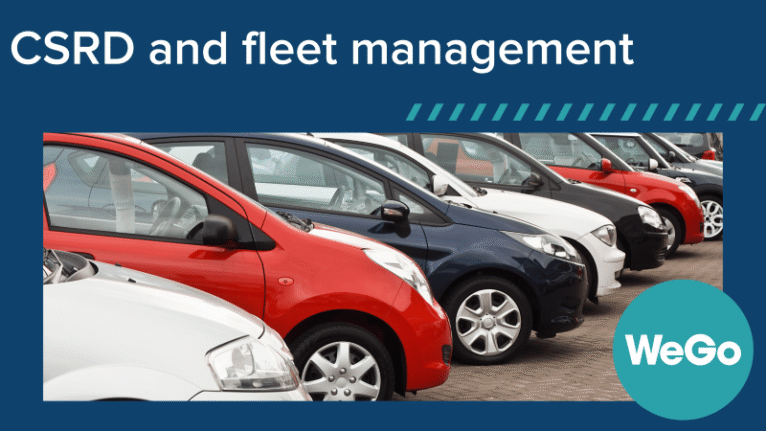- Joop Geesinkweg 901-999, 1114 AB Amsterdam, Netherlands
- +31 20 705 5187
- info@wegocarsharing.com
Shared cars as an amenity: The new standard

What is “Mobility-as-an-Amenity”?
In more and more countries, car sharing is being embedded as a permanent feature in residential projects. This American concept they call “Mobility-as-an-Amenity” (MaaA).: shared cars are part of daily life in a residential building. Shared vehicles are on site, with private parking spaces, and available to residents via a keyless app. Mobility thus becomes like a facility like a gym or rooftop terrace, exclusively for residents.
Many residents do not have their own car or no longer want them, due to high costs, alternatives such as public transportation or shared cars, or simply too few parking spaces. This creates space for shared cars at the expense of private cars, and not next to it. In practice, it often involves electric shared cars available on demand 24/7, providing a sustainable and accessible mobility option.
Source: Invers
Why this trend is growing in the Netherlands
Attention to shared cars as a standard feature is also increasing in the Netherlands. This fits with the focus on sustainable mobility and compact, affordable housing. Key reasons are:
- Space savings: fewer parking spaces needed → additional space for housing, green space or amenities.
- Sustainability: car sharing encourages cleaner transportation and less private car use → helps meet climate goals.
- Cost savings: Electric share cars reduce individual mobility costs and make EVs more accessible.
These benefits demonstrate that shared cars are not just an additional option, but a full-fledged amenity that offers tangible benefits to both residents and real estate developers.
Concrete benefits for residents and real estate
For residents:
- Cost savings: forgoing a private car or no longer purchasing a second car.
- Flexibility: Always access to a car without maintenance or insurance worries.
- Sustainability: Electric share cars reduce carbon emissions and make an eco-friendly lifestyle easier.
For real estate developers and municipalities:
- More space: Less parking pressure → additional housing, green space and play facilities.
- Stronger image: Sustainable and modern mobility facility increases attractiveness of projects.
These benefits fit well within the broader “Mobility-as-a-Service” (MaaS) concept, offering transportation as a service rather than individual ownership. This allows multiple forms of transportation to be combined through a single platform, and creates additional space to build housing and amenities.
Practices in the Netherlands through the WeGo platform
The Light Pen, Amersfoort: five electric share cars and 26 share bikes as standard facilities. Residents make reservations through the platform.
Apartment complex “Eerste Uur,” Castricum: three electric share cars, charged with solar energy from their own roof, including explanations on how to use the share app.
Blitsaerd West, Leeuwarden: Wind Group and Friesland Lease installed electric share cars, including a Fiat 500e, with charging infrastructure prepared.
These examples show that shared cars as an amenity work concretely in existing projects, supporting both the practical mobility needs of residents and the development goals of real estate partners.
Start your shared mobility project
Share cars are increasingly becoming a standard feature in housing projects. For developers and municipalities, this means future-proof projects, lower housing costs, more living space and a sustainable image.
Want to know how a shared car can work as an amenity within your project? Discuss the possibilities with WeGo.
Book a demo
Stay informed about new developments
Subscribe to our newsletter.
"*" indicates required fields



